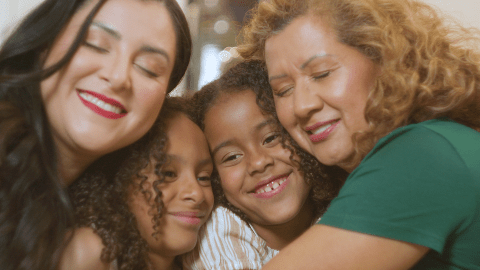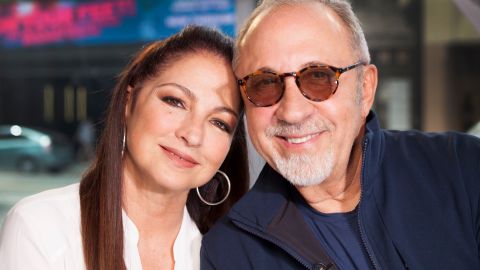10 Things To Know About Caló, a.k.a. Chicano Slang
In case you’ve never heard of it, Caló is a Chicano dialect, or slang, spoken by Mexican-Americans in Southwest, L

Photo: Unsplash/@theramongrande
In case you’ve never heard of it, Caló is a Chicano dialect, or slang, spoken by Mexican-Americans in Southwest, L.A., along the border, and beyond. Like Chicano culture itself, Caló contains a blend of Mexican, Spanish, and American influences. Let’s take a look into the language, and what makes it a unique part of the Latino experience.
wp_*posts
A.K.A.s

Photo: SDictionary/YouTube
In addition to being called Caló, the Chicano dialect spoken in the Southwest is also known as Pachuco, Totacho, or Chicano Caló. It was initially spoken by Mexican-American youth in the 1930s, who blended English and Spanish in a unique way.
wp_*posts
It ties to Spanish gypsies

Photo: Estefani Jimenez/Prez
Caló is also the name of a Spanish Romani (Gypsy) dialect. When these speakers came over during the colonization of Mexico, they brought their version of Caló. The dialect eventually mixed with indigenous languages and was brought to the other side of the border, to today’s Southwest, where it was mixed with English.
wp_*posts
Caló has a variety of influences

Photo: Whisper
The Spanish Roma dialect of Caló eventually mixed with indigenous languages in Mexico (such as Nahuatl) and was brought to the other side of the border. There, in the Southwest, it was mixed with English.
wp_*posts
It originated in the Southwest
Mexican Caló crossed the border into cities such as El Paso, Tucson, and L.A., where it was given an American twist, morphing into a Chicano version. It became an identifier of young Chicano culture, in states including Texas, California, Arizona, Colorado, and New Mexico.
wp_*posts
It boomed in the 1930s and ’40s
The flourishing of Chicano Caló coincided with the development of pachuco culture, during the 1930s and ’40s. These defiant young Mexican-Americans wanted a culture to call their own, and thus created a hybrid one, melded from both Mexican and U.S. elements.
wp_*posts
It is discriminated against

Photo: LA in the Zoot Suit Era: Zoot Suit Discovery Guide
Caló was seen as lower class, criminal (because for some gang members or criminals, words could be exchanged in code—this was also true of the original Spanish Gypsy Caló), and not something that women, or those with an education, would speak. Today, more and more Chicanos are speaking Caló, as an embrace of different facets of their culture.
wp_*posts
But the Chicano movement helped change that

Photo: Wikimedia
The Chicano Movement of the 1960s changed the feeling of disdain for Caló slang. As Chicanos studied in universities, began protesting, and asserting their unique identity, Caló became part of their expression. Many Chicano poets were infusing their work with Caló words at this time.
wp_*posts
There is a Caló dictionary

Photo: Scoop.it
I’m sure you would like to learn some Caló, no? Here are some words (click here for more!)
Aguas = be careful
Simon = yes
Laquiar = to lock
Valluco = someone from the Rio Grande Valley in South Texas
Perromount = paramount
wp_*posts
There is a lot of code-switching and rhyming
The Caló dialect features code-switching. Sentences will start in Spanish, and end in English, or vice versa. Another feature is rhyming; some phrases include (for more click here):
Al rato, vato.
¿Qué te pasa, calabaza?
¿Me comprendes, Méndez?
wp_*posts
Examples in pop culture
Actor Cheech Marin is credited as one of the people who brought Caló into the mainstream, by using it in his Cheech and Chong movies. Here are some other places you can see Caló used (for full list, click here):
The George Lopez Show
Lalo Guerrero’s Music
The film, Blood In, Blood
Chicano rapper Frost
Performance troupe, and TV show, Culture Clash
The film, Mi Vida Loca
Lowrider Magazine


















